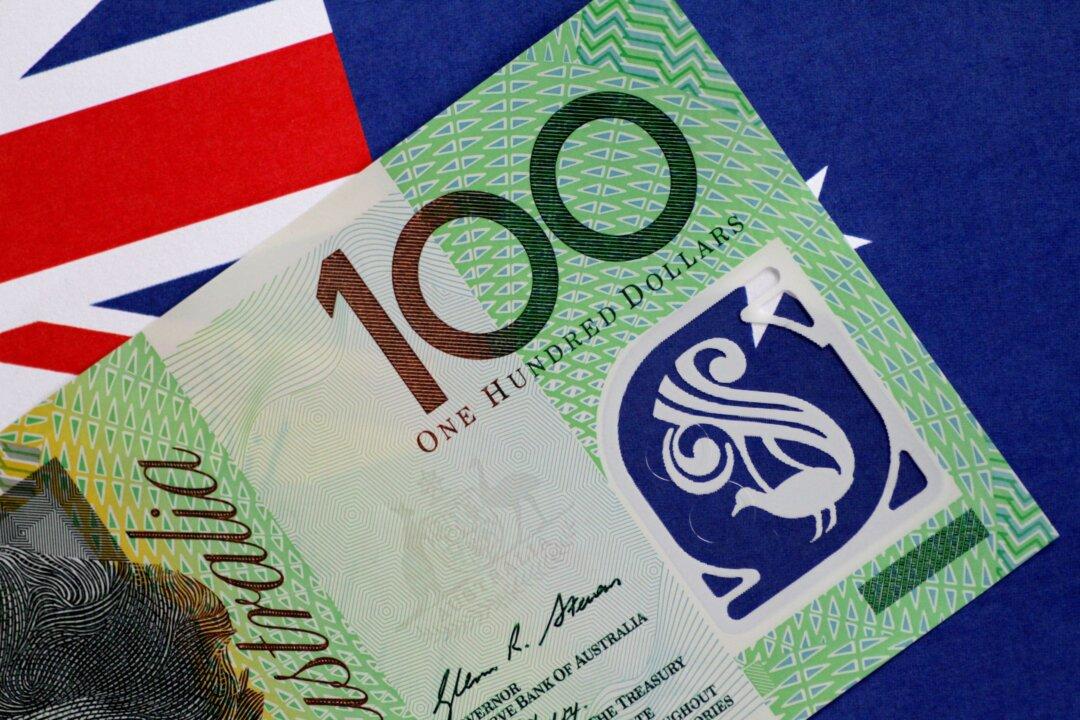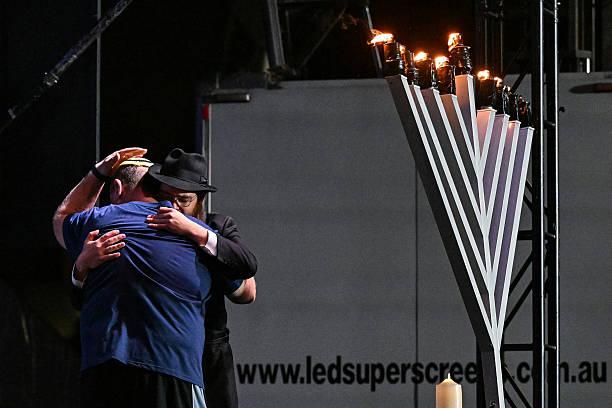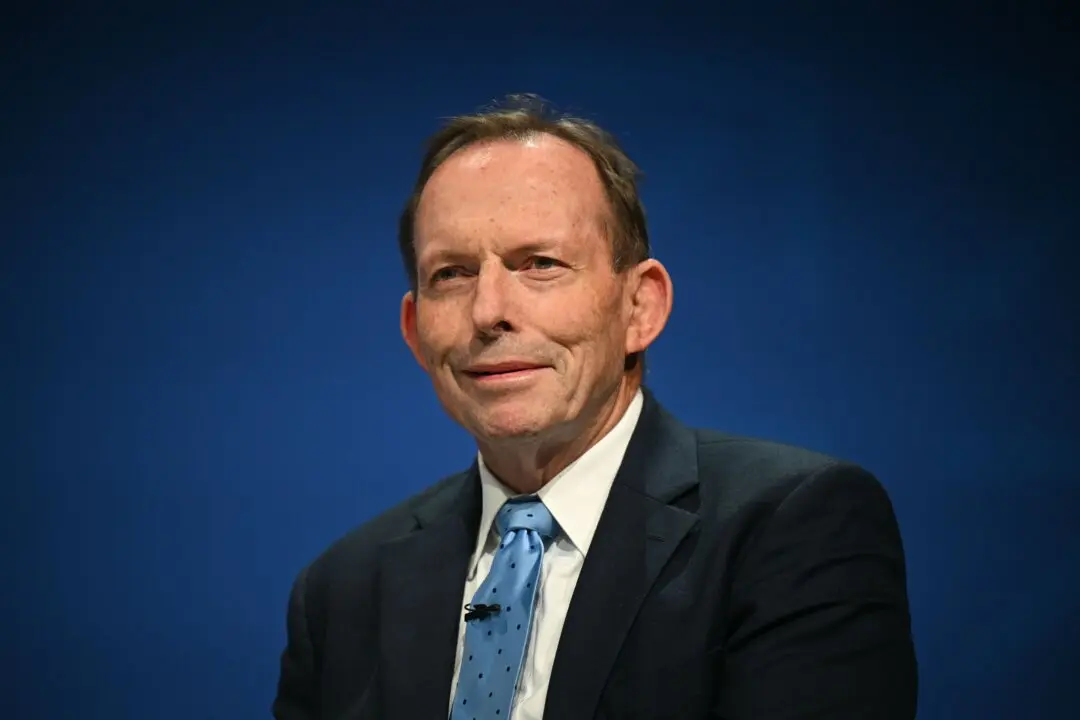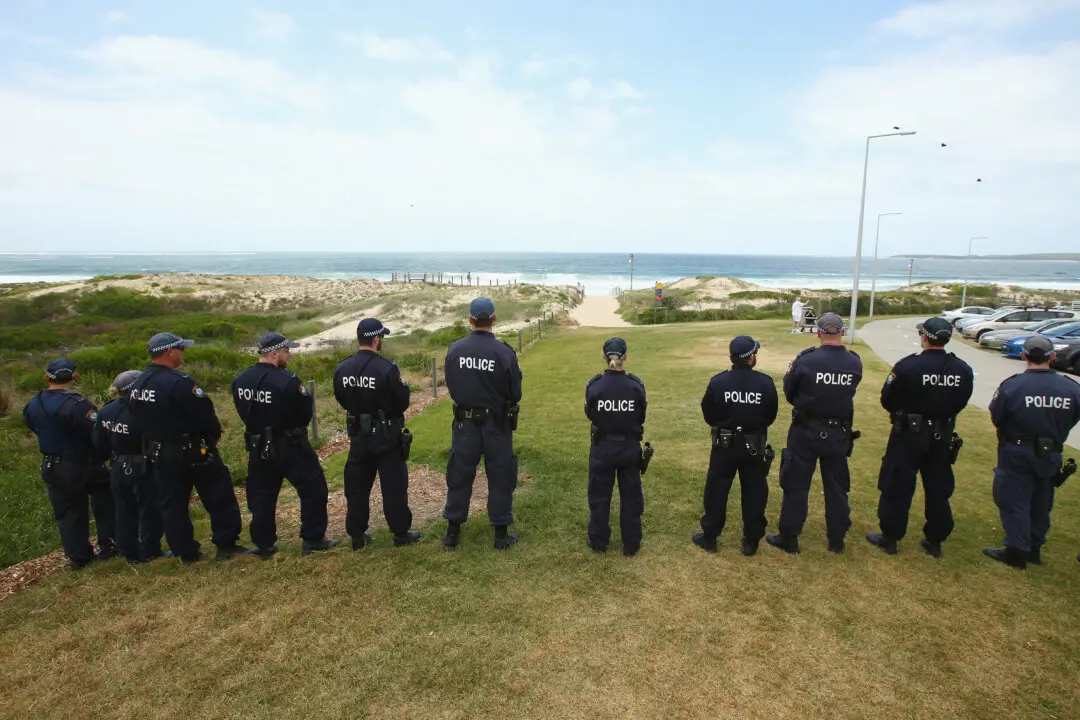When Goods and Services Tax (GST) was introduced to Australia in 2000, income tax accounted for around 36 percent of the government’s total tax take.
The new consumption tax was sold to the public partly on the basis that the wider government would have an additional source of revenue—which would be given to the states—and not only would a range of inefficient taxes be abolished, but the future need for income tax increases would be reduced.





